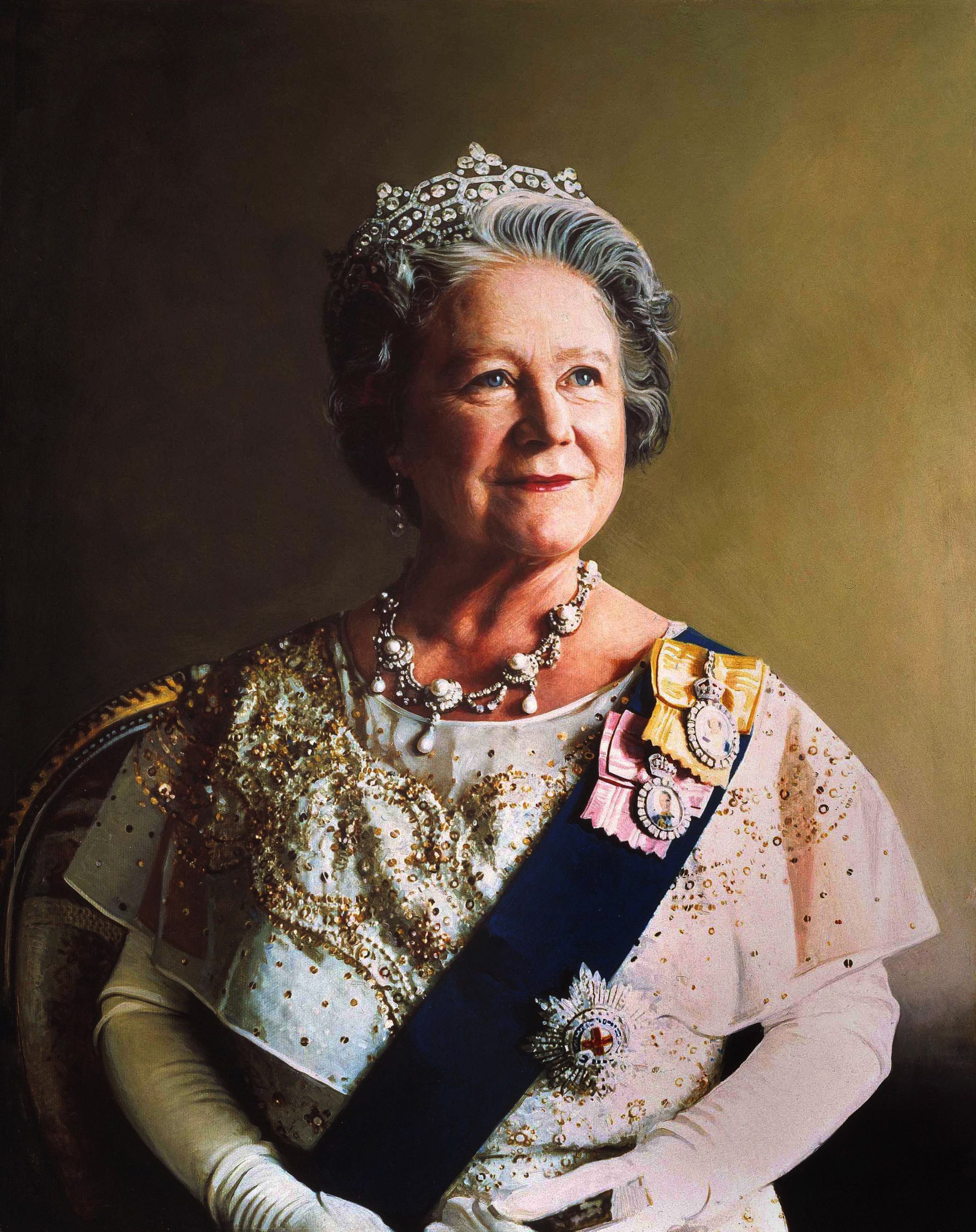 |
| Queen Marie-José of Italy. |
 |
| A study of the May Queen by Theodore Strawinsky. |
On 27 January 2001, Queen Marie-José of Italy passed away in Geneva. She was ninety-four years-old.
 |
| Left to right: Prince Léopold, Princess Marie-José, and Prince Charles. Photograph (c) Getty Images/Hutton Archive. |
 |
| King Albert I and Queen Elisabeth of the Belgians with their daughter Princess Marie-José. |
Princess Marie-José Charlotte Sophie Amélie Henriette Gabrielle was born on 4 August 1906 at Ostende as the third child and only daughter of King Albert I of the Belgians (1875-1934) and his wife Queen Elisabeth (1876-1965; née Duchess in Bavaria). Marie-José had two older brothers: the eventual King Léopold III (1901-1983) and Prince Charles, Count of Flanders (1903-1983).
 |
| Prince Umberto and Princess Marie-José, the Prince and Princess of Piedmont. |
 |
| King Umberto II and Queen Marie-José of Italy with their four children, pictured from left to right: Princess Maria Beatrice, Prince Vittorio Emanuele, Princess Maria Gabriella, and Princess Maria Pia. |
In 1930, Princess Marie-José of Belgium married Prince Umberto of Savoy, Prince of Piedmont and the heir to the Italian throne. Umberto was the only son of King Vittorio Emanuele III of Italy (1869-1947) and Queen Elena (1873-1952; née Princess of Montenegro). Umberto and Marie-José had four children: Princess Maria Pia (b.1934), Prince Vittorio Emanuele (b.1937), Princess Maria Gabriella (b.1940), and Princess Maria Beatrice (b.1943). Umberto and Marie-José had rather different temperaments, and their marriage was not a union of love. In May 1946, Umberto succeeded his father as King of Italy, and thus Marie-José became queen. Their reign was short-lived; it lasted thirty-four days, from 9 May to 12 June 1946.
 |
| The 1955 wedding of Princess Maria Pia of Savoy and Prince Alexander of Yugoslavia. From left to right: Prince Paul and Princess Olga of Yugoslavia, Prince Alexander of Yugoslavia, Princess Maria Pia of Savoy, Queen Marie-José and King Umberto II of Italy. |
 |
| The King and Queen of Italy arrive at the marriage of Princess Maria Isabella of Savoy-Genoa in 1971. |
After the royal family left Italy following the referendum abolishing the monarchy, Umberto and Marie-José settled in Portugal with their children. This cohabitation was of brief duration: Queen Marie-José moved to Switzerland, and King Umberto remained at Cascais. Although informally separated, the last King and Queen of Italy often appeared together at Gotha events over the decades.
 |
| Queen Marie-José of Italy at the funeral of her husband King Umberto II with her son Prince Vittorio Emanuele and her daughter-in-law Princess Marina. Photograph (c) Getty Images/Mondadori Portfolio. |
 |
| Queen Marie-José of Italy with her niece by marriage Queen Fabiola of the Belgians at the funeral of King Léopold III of the Belgians. |
The year of 1983 brought great loss to Queen Marie-José. In March, her husband of fifty-three years, King Umberto II, died in Geneva at the age of seventy-eight. In June, her brother Prince Charles, Count of Flanders, died at the age of seventy-nine. In September, her last surviving brother King Léopold III of the Belgians, who had abdicated in 1951, died at the age of eighty-one. Thus, in the space of one year, Marie-José lost her husband and both of her siblings.
 |
Queen Marie-José of Italy and Prince Aimone of Savoy-Aosta arrive at the 1988 wedding of Princess Bianca of Savoy-Aosta and Count Gilberto Arrivabene Valenti Gonzaga. |
 |
| Prince Emanuele Filiberto and his grandmother Queen Marie-José on her 93rd birthday in 1999. |
For some years, the queen lived in Mexico with her youngest daughter Princess Maria Beatrice. After the death of her husband, Marie-José returned to Italy for a visit. The May Queen died at a Geneva clinic of lung cancer. Marie-José was survived by her four children.
 |
| The funeral of Queen Marie-José of Italy. Photograph (c) Getty Images. |
The burial of Queen Marie-José of Italy took place on 2 February 2001 at Hautecombe, Savoy, France. The queen was buried next to King Umberto II. Besides her children and grandchildren, the attendees included King Albert II and Queen Paola of Belgium, Grand Duchess Joséphine-Charlotte of Luxembourg, King Juan Carlos of Spain and his sister Infanta Pilar, Empress Farah of Iran, the Duke and Duchess of Aosta as well as the duke's children Prince Aimone and Princess Bianca, the Duke and Duchess of Braganza, Princess Béatrice of Bourbon-Two Sicilies, the Duke and Duchess of Calabria, Archduke Carl Christian and Archduchess Marie-Astrid of Austria, Prince Alexander and Princess Barbara of Yugoslavia, and Prince Michael of Greece. A wreath of flowers was sent by Prince Rainier II of Monaco.
______________
For further news and articles about Europe's imperial, royal, and noble families, join Eurohistory:
















No comments:
Post a Comment